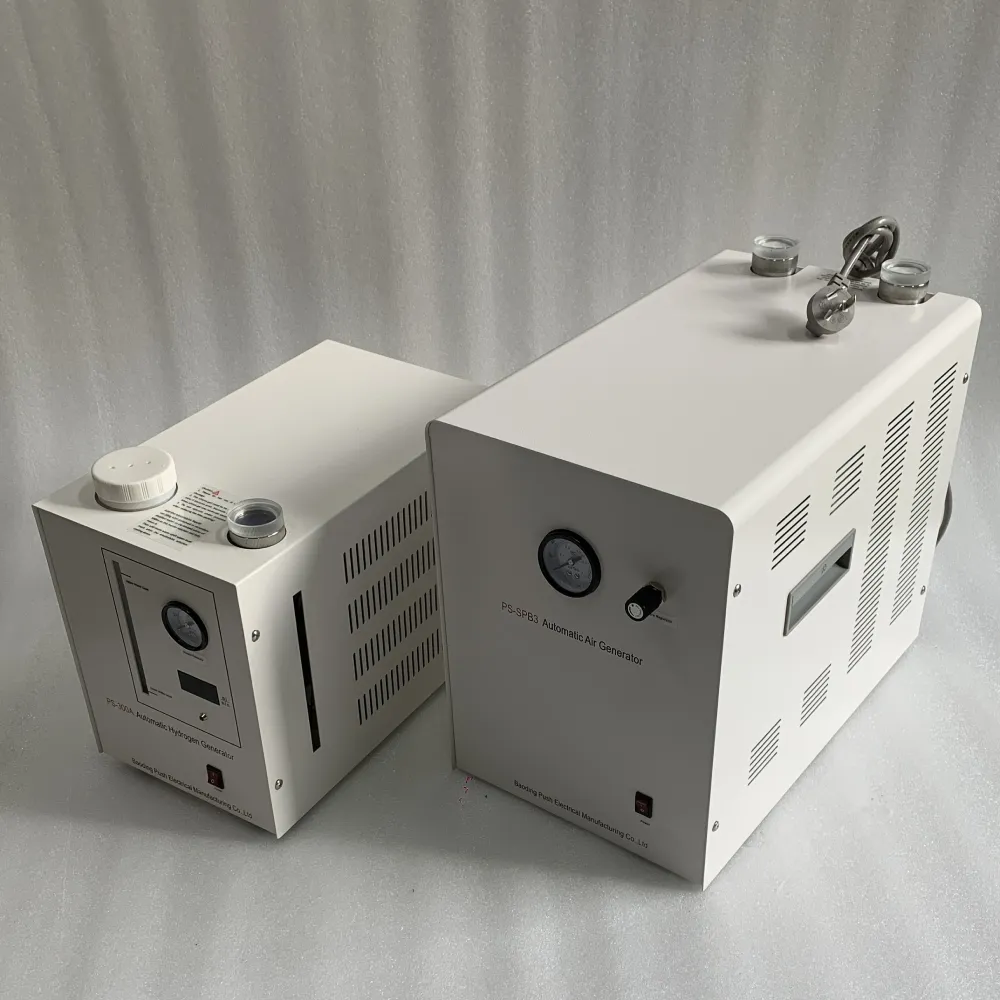 English
English


Short Circuit Analysis of Three-Phase Transformer Performance and Characteristics
Short Circuit Test on Three-Phase Transformers
The short circuit test is a vital procedure used to determine the parameters and performance characteristics of three-phase transformers. This test helps engineers assess the behavior of the transformer under fault conditions and evaluate its efficiency, temperature rise, and impedance. Understanding the short circuit test is crucial for anyone involved in the design, maintenance, and operation of electrical power systems.
Purpose of the Short Circuit Test
The main goal of the short circuit test is to evaluate the transformer's equivalent circuit parameters. By determining the series impedance, it becomes possible to understand how the transformer will react under short circuit conditions. This is particularly relevant for protection system design, as it defines how much current the transformer can handle during faults without causing damage.
Moreover, the short circuit test is critical for thermal analysis. When short-circuited, the transformer experiences increased current flow, leading to a rise in temperature. The ability to quantify this temperature rise is essential for ensuring the transformer can operate safely within its design limits.
Setup for the Short Circuit Test
For a three-phase transformer, the short circuit test consists of a few fundamental steps. Initially, one side of the transformer (usually the low-voltage or LV side) is short-circuited. This is typically done using a predefined resistance to prevent excessive short circuit current. Once the circuit is established, it is essential to apply a known voltage to the other side (high-voltage or HV side) until rated current flows through the short-circuited side.
During the test, measurements are taken for voltage, current, and power. These readings will be used to calculate the equivalent impedance, which is vital for generating the transformer's equivalent circuit model.
Conducting the Test
1. Preparation Ensure all connections are secure and that safety protocols are followed. Warning signs should be posted to prevent unauthorized access during the testing process. 2. Connection Short the LV terminals of the transformer securely. Connect a suitable voltmeter and ammeter to the HV side to monitor the input voltage and current flowing through the transformer.
short circuit test on three phase transformer

3. Testing Gradually apply voltage to the HV side while monitoring the current. The voltage should be increased until the rated current flows through the LV side. Throughout the testing process, attention must be paid to the temperature of the transformer to avoid overheating.
4. Data Collection Record the readings of voltage, current, and power factor. It is also useful to keep track of the temperature at various intervals to ascertain the thermal performance of the transformer.
Analyzing the Results
Once the test is complete, engineers can analyze the data collected. The short circuit impedance can be calculated using the formula
\[ Z = \frac{V_{short}}{I_{short}} \]
where \( V_{short} \) is the voltage applied to reach short circuit current, and \( I_{short} \) is the measured short circuit current. This impedance is crucial in designing protection schemes and for calculating the full-load current for the transformer.
In addition, the power loss during the short circuit can be calculated from the obtained power readings. Lower losses indicate better efficiency and performance of the transformer.
Conclusion
The short circuit test on three-phase transformers is an essential tool for ensuring the reliability and safety of electrical power systems. It provides critical insights into the transformer's performance under fault conditions and aids in enhancing the design and operational efficiency of transformer installations. Understanding how to conduct and analyze this test is indispensable for electrical engineers and technicians involved in the power industry. Through rigorous testing and analysis, transformers can be tailored to meet the specific demands of the electrical grid, ensuring a stable and efficient supply of electricity.
-
Differences between open cup flash point tester and closed cup flash point testerNewsOct.31,2024
-
The Reliable Load Tap ChangerNewsOct.23,2024
-
The Essential Guide to Hipot TestersNewsOct.23,2024
-
The Digital Insulation TesterNewsOct.23,2024
-
The Best Earth Loop Impedance Tester for SaleNewsOct.23,2024
-
Tan Delta Tester--The Essential Tool for Electrical Insulation TestingNewsOct.23,2024





